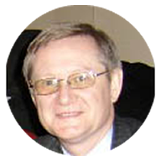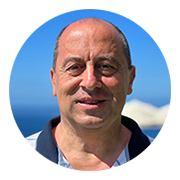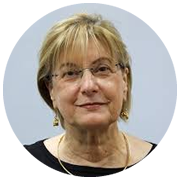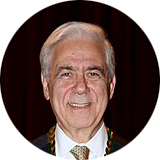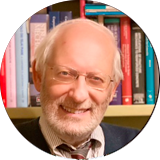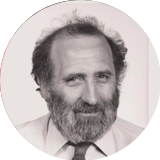ESIS Presidents
On the early history of the European Fracture Community
It was Indian Summer in Darmstadt (Germany) in November 1978. Karl-Heinz Schwalbe and Johann Georg (Hans) Blauel had gathered the few researchers working on fracture from all over Europe for the 2nd European Conference on Fracture, after the first one held in Compiégne (France) under Dominique Francois’s organization.
It was unusually warm for Germany while people gathered under the sun at outside tables of small cafès to discuss among each other experimental problems; one of the issues at the time was negative crack growth at the early stages of a J-R test and there was no institutional jealousy in sharing own solutions.
That was the real birth of the European Group on Fracture (EGF), as it was called at the time. Fracture understanding was a common passion; moreover, European scientists were strongly impressed by the American ability to advance in the field by subsequent gatherings under the auspices of the American Society for Testing and Materials, which had been able to produce numerous Special Technical Publications, each reflecting an ad hoc symposium and communicating to the world the ability of American Science to tackle various large problems. J-testing had been the object of numerous recent gatherings and of several STP’s in those years. The result of that Darmstadt meeting was a booklet, VDI-Z Fortschritt-Berichte, series 18, no. 6 (1979), which resulted to be the first offspring of EGF in terms of publication.
At the Darmstadt meeting Dominique Francois was named President of EGF. He was in the process of organizing the 2nd International Conference on Fracture, to be held in 1980 in Cannes (France), after the first one in Waterloo (Canada) in 1976.
Then the idea that came out was to create within the EGF various Technical Committees to address specific problems. Technical Committee I (Elasto-Plastic Fracture Mechanics) was the first to be initiated and had to be the European response to a similar ASTM Committee. Schwalbe and Blauel were selected as the first co-chairmen and took the task to gather interested people every six months in a Central European location to share advancements. As a result, Geestacht (GKSS-Forschungszentrum) and Freiburg (Fraunhofer Institut für Festkörpermechanik) were the first meeting locations. In 1987, Karl-Heinz and Hans resigned and were substituted by Giancarlo Angelino and Donato Firrao, then President and Secretary of the Italian Group on Fracture (1).
A Technical Committee on Micromechanisms and another one on Fatigue soon followed suit. Many other then followed, reaching nowadays the number of 24, even if many have been dormient for some years and others have been restarted after some intermission.
Along with the biennial European Conferences on Fracture, soon to reach the number 20, Technical Committees and their periodical gatherings have helped in building a European conscience of a common science and to plasmate a community that has been prospering and exchanging ideas ever since.
In mid 90’s Keith Miller who had become the President of EGF and his British colleague spearheaded the idea that the Fracture word in the title had a negative connotation and could be difficult to market the European Group on Fracture logo and its activities. The EGF then became the European Structural Integrity Society (ESIS), as it is known nowadays.
(1) D. Firrao, “Disseminating the outcomes from research on fracture mechanics and structural integrity: A brief history of the first 30 years of the Italian Group on Fracture”, Int. J. of Fatigue, 35(1)(2013). DOI: 10.1016/j.ijfatigue.2012.08.002
Copyright 2016 ESIS

